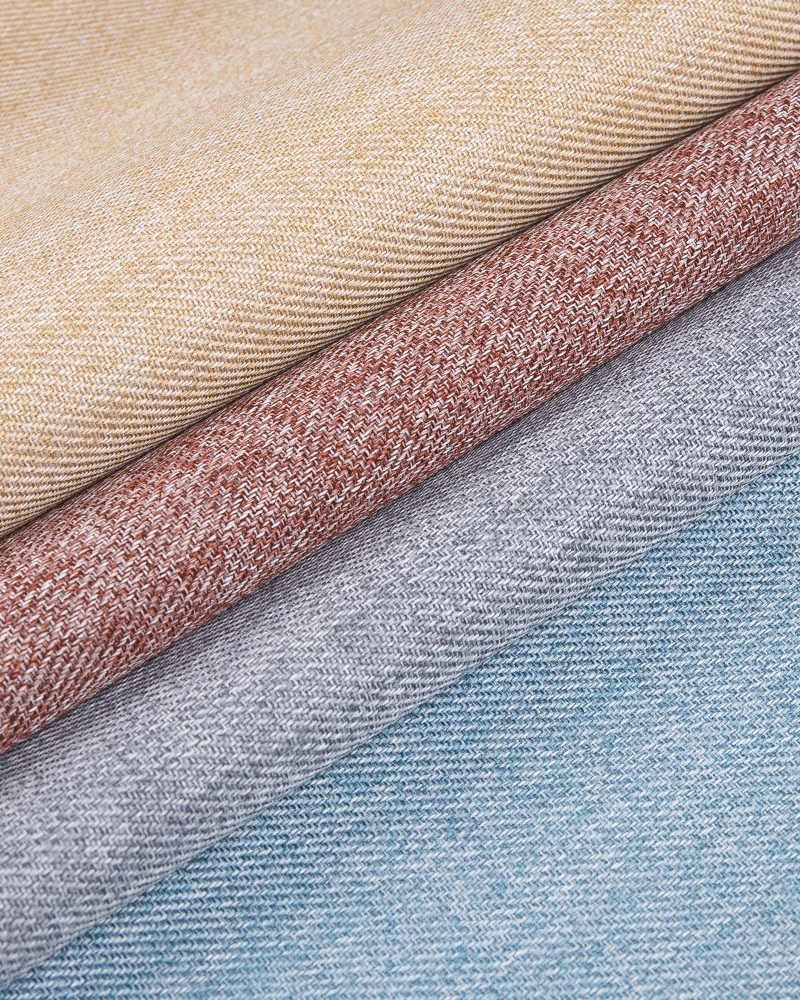
The color depth of Flat simple style regular blackout curtain fabric refers to the intensity or saturation of the color. While it might seem intuitive to assume that darker, more saturated colors would provide better shading or light-blocking effects, the reality is more nuanced. Here's a detailed analysis of how color depth can affect the shading effect of blackout curtains:
Darker colors are perceived to be more effective at blocking light because they absorb more light than lighter colors. This is a psychological effect rather than a physical one. When we see a dark curtain, we naturally assume it will block more light, even if its light-blocking properties are similar to a lighter curtain.
The actual light-blocking capability of a curtain is more dependent on the fabric's composition and construction than its color depth. Thicker, denser fabrics with tighter weaves are generally better at blocking light, regardless of their color.
Many blackout curtains feature a special lining designed to absorb and block light. This lining is often the primary factor in a curtain's ability to block light, rather than the color depth of the fabric itself. A well-designed blackout lining can effectively block light even if the outer fabric is a lighter color.
While it's true that darker colors absorb more light, the difference in light absorption between a deep color and a lighter shade of the same color is minimal when it comes to blackout curtains. The primary purpose of a blackout curtain is to prevent light from passing through, and this is achieved more through the fabric's density and the presence of a blackout lining than the color depth.

Darker colors can absorb more heat from sunlight, which can make a room feel warmer. However, this is not directly related to the shading effect of the curtain. The heat insulation is more about the thermal properties of the fabric and its ability to insulate rather than block light.
The color depth of a curtain can affect the quality of the ambient light in a room. Darker curtains can create a more intimate and cozy atmosphere, while lighter curtains can make a room feel brighter and more open, even when closed.
While the color depth of a blackout curtain does not significantly affect its shading effect, it can play a role in the overall aesthetic of a room. Choosing a color that complements the room's decor can enhance the visual appeal, even if it does not change the curtain's light-blocking capabilities.
In terms of energy efficiency, darker curtains can help to keep a room cooler in the summer by absorbing heat and preventing it from entering the room. However, this is not directly related to the curtain's shading effect but rather its heat absorption properties.
Darker colors can sometimes be more forgiving in terms of showing dirt or wear, which can be a practical consideration when choosing blackout curtains.
While the color depth of Flat simple style regular blackout curtain fabric can influence the visual perception of its shading effect and contribute to the room's ambiance, it does not significantly impact the actual light-blocking capabilities of the curtain. The primary factors that determine a curtain's effectiveness at blocking light are its fabric density, the presence of a blackout lining, and its overall construction.